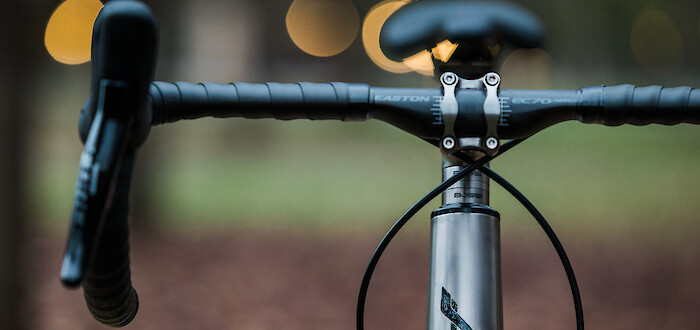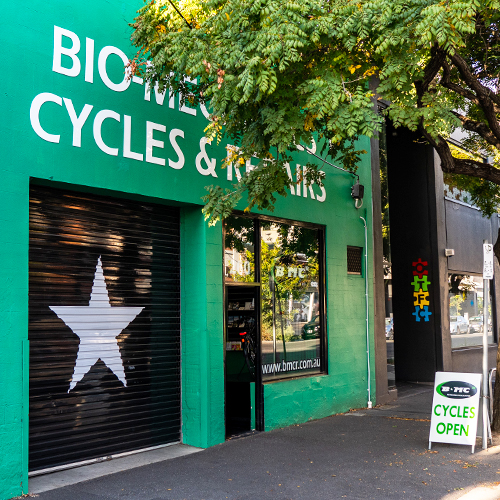Three Possible Reasons You're Waking Up Sore


How to bounce out of bed in the morning (and how to fix it if you can't)
The alarm goes off. You open your eyes, realise that it’s unfortunately not Sunday, and throw the covers off. Next, do you:
a) spring out of bed, refreshed and ready to tackle the day?
b) lever yourself off the mattress and hobble towards the bathroom, feeling like a sack of Lego in human form?
If you’re like most people, the answer is probably b).

So why are you feeling stiff and sore when you wake up? There may be a simple explanation. Are you training for an event? Perhaps you’ve increased your weekly kilometres on the bike or bumped up your weights in the gym. Maybe your mattress is older than your kids…who are now at university. (Seriously, do something about that. The mattress, not the kids.)
If it’s none of these things, don’t despair – you’re not doomed to a life of waking up and feeling like death.
The caveat is that you’re going to have to do a little bit of work.
(It’s only a bit. You’ll be fine.)
Here are three things that you might not have thought of that may be causing your morning soreness, and how to fix them.

Possible soreness cause 1: You’re not doing any proper stretching
The fastest way to get (and stay) limber is to make time to stretch. Want to feel better when you wake up? A daily ten-minute session will help you feel better and move with greater ease and comfort. If you’re looking for lasting change, however, you’ll need a serious stretch session at least once a week.
A dedicated weekly/twice-weekly session will not only make a massive difference to your physical flexibility but will also help you target specific areas. Most cyclists need to focus on their hamstrings and hip flexors, and it’s rare to find a glute that can’t benefit from some stretching.
If you’re not sure what you should be concentrating on, however, ask yourself which areas you usually avoid stretching or working on. These areas are usually the ones you need to target. (Hey, don’t shoot the messenger. We hate doing our calves as much as you do.)
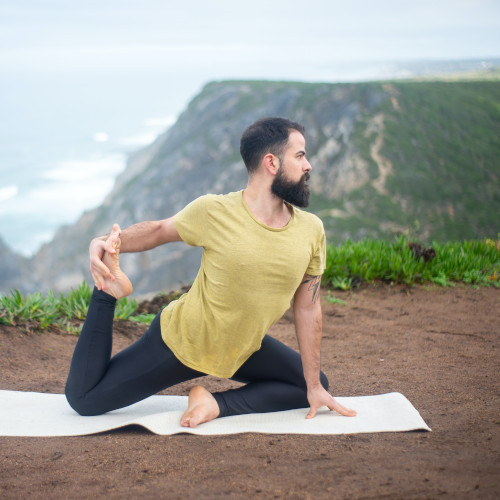
Start with one 30-45 minute session per week. The best time to do it is on a rest day, or at least at the end of a training day. Your aim for this session is to focus on the regions that are giving you the most grief.
If you're doing your stretch session properly, there are three things you need to know:
- You should be looking at covering two to three areas max in each session.
- It will really suck and you'll probably hate it.
- If you stick with it, it will change your life.
New to stretching? Here are some easy guides on how to do it, plus an introduction to the PNF method which is hugely beneficial.
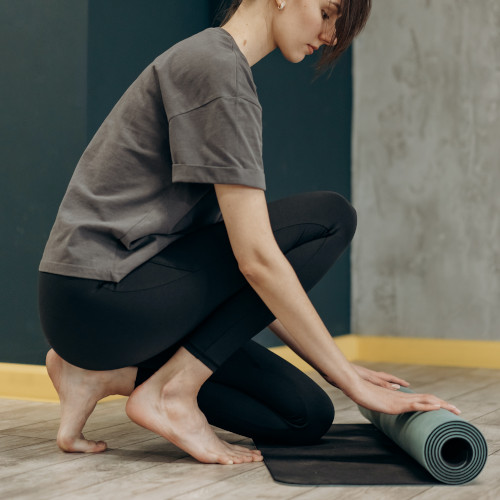
A word of caution. While a serious stretch session can be challenging (“strong sensation” is the preferred phrasing, thank you), it shouldn't be painful. You need to be able to relax the muscle, and it’s pretty much impossible to do this if you feel like screaming into a foam roller, so start slowly and build gradually.
You've spent a long time getting to the state you're in - give your body a break to work it out.
Possible soreness cause 2: You’ve been stretching at the wrong time
Although it’s tempting to want to crush a huge stretch session pre-workout to make sure you’re primed, resist the urge: you want to avoid big stretch sessions before exercise.
But why?
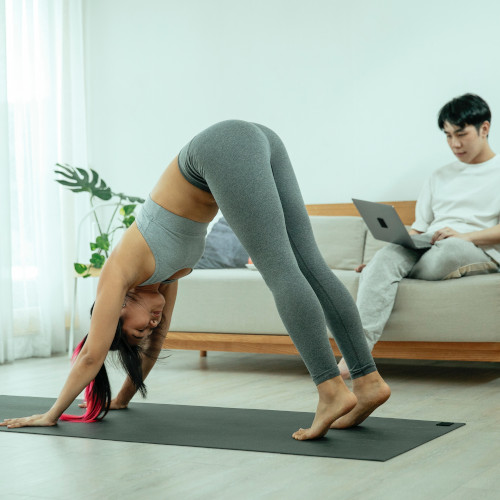
Firstly, it’s much easier to tear a muscle when it’s cold.
Secondly, static stretches (e.g. where you’re holding yourself in one position) can actually make your performance worse. (There are lots of theories on why this happens, but the prevailing one is that static stretching tires out the muscle.)
Instead, save your static stretches for after your workout. Focus your pre-workout warm-up on mobility and limbering work that is functional and relevant to the activity you're about to do.
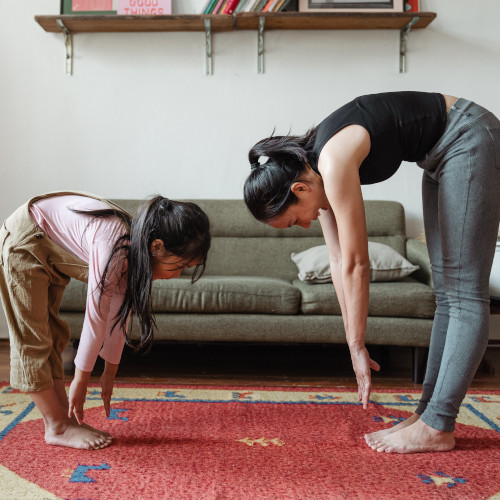
For example, do some standing forward bends (commonly known as ‘touching your toes’). Add a gentle bounce at the end of the range to help loosen up your legs, lower back and hips. If you’re not flexible enough to reach your toes, use a yoga block or chair in front of you. If you’re super-flexible and toes are too easy, progress to putting your palms on the floor, and then move to elbows.
A couple of minutes of mobility work is all you need to get your body ready, rather than smash it into submission. But remember to take it easy getting up.
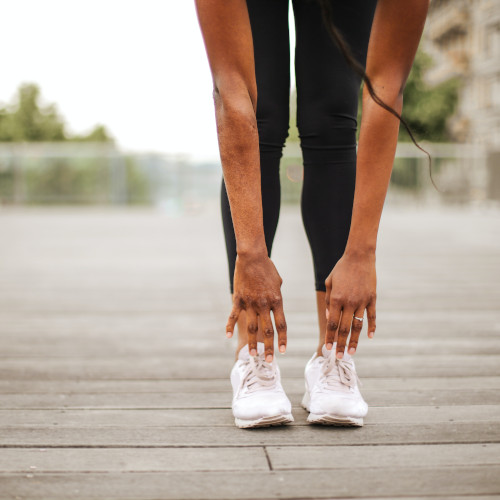
Possible soreness cause 3: You’re dehydrated
It’s quite normal to drink a lot of fluids when you’re riding, particularly when it’s hot. It’s when you’re off the bike, however, that you may forget to top up. It’s especially common when it’s cold; when you’re freezing, you don’t really feel like pounding back a litre of water.
Dehydration is a sneaky beast, however – you may not even realise that it’s happening to you. Most people recognise the classic symptoms of dry mouth or headache, but waking up feeling like crap can also be another symptom. (You know the main cause of a hangover, right? It’s not the alcohol itself; it’s the resulting dehydration that it causes.)

By waking up dehydrated, your body is already at a disadvantage, and you’re never going to feel like bouncing out of bed that way.
The fix? Stay refuelled during the day. Make it a habit to fill your water bottle whenever you start work, so you have a rough idea of how much you’ve drunk. (There are also apps which keep track of your water intake but…c’mon, really? Doesn’t your phone have better things to do?)
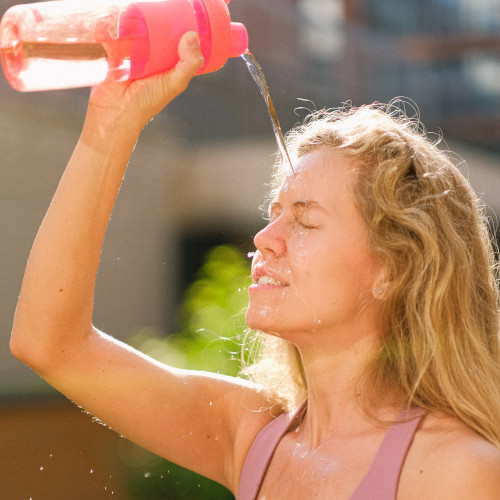
It’s also important to be cognisant of your water needs if you’re training heavily during the warmer months; you’ll need to make sure you’re compensating for sweat loss.
However! Don’t make the mistake of sculling a huge drink just before you go to bed, or you’ll probably spend most of the night getting up to go to the loo. Taper back your fluid intake in the last hour or two before you retire for the evening.

Extra tip: as soon as you get up in the morning, drink a glass or two of water. You’ll be surprised what a difference it makes to your alertness levels. (Particularly important if you’re riding in traffic to get to work.)
What if you’ve tried all three tips and nothing’s working?
If you’re persistently getting up with aches and pains, there could be a bigger issue at play. Make sure to check with your health care provider to make sure it’s nothing serious.
No, don’t be That Guy/Gal and put it off – do it.

Remember: movement is for life, not just for an event
During the lead-up to the Tour Down Under (ah, those pre-pandemic days…) we used to see a lot of customers who hadn’t touched their bike all year but would drag it out of the shed six weeks before the community ride and then smash themselves training for it. (After it was over, those bikes usually went back in the shed until the next TDU.)
Many of those people ended up either injuring themselves or having a terrible time trying to regain a year's worth of bike fitness in a month and a half.
This is not the way to do things.
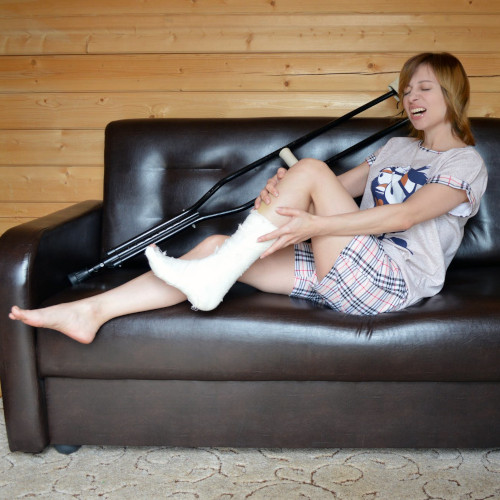
Just like brushing your teeth or yelling at the TV is a daily habit for most of us, so does moving need to be. Even spending a little as 10 minutes a day will make a significant difference to how you feel, especially in the morning.
If you do no movement (or, conversely, crush yourself with a punishing exercise regime), you’ll probably find getting out of bed to be an unpleasant experience, though both for different reasons.
Treat your body well, make sure to take some time to work on mobility and flexibility, and keep your fluids up.
You’ll feel much better in the morning.

Article written with input from Holly Hicks from Fluid Movement and Wellbeing. Thanks, Hol!
Is your bike as creaky as your knees are? That we can help with.

